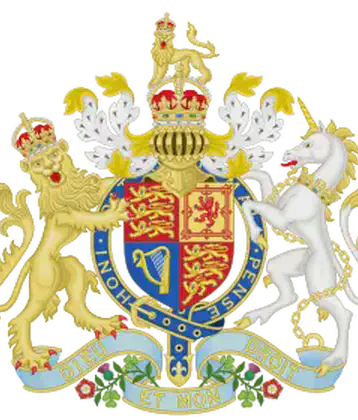On November 21, 1218 in Celtic History
A bull of pope honorius iii affirmed the independence of the catholic church in scotland

A papal bull is a type of public decree, letters patent, or charter issued by a pope of the Catholic Church. It is named after the leaden seal (bulla) traditionally appended to authenticate it.
Since the 12th century, papal bulls have carried a leaden seal with the heads of the apostles Saint Peter and Saint Paul on one side and the pope’s name on the other. Papal bulls were originally issued by the pope for many kinds of communication of a public nature, but by the 13th century, papal bulls were only used for the most formal or solemn of occasions
Liberty of Scotland
The Papal Bull issued in 1218, “Liberty of Scotland” or a similar term indicating ecclesiastical independence. In medieval Scotland, the term “Liberty” often referred to ecclesiastical liberties or privileges granted by the Pope to the Scottish church. It was a recognition of a degree of autonomy or independence for the Church in Scotland from certain ecclesiastical authorities.
During this era, Scotland was in the process of organizing its ecclesiastical structure, and papal bulls were issued to define the relationships and jurisdictions of different church entities. Popes, including Honorius III, issued various bulls confirming or granting privileges to the Scottish church.
Pope Honorius III
Pope Honorius III (c. 1150 – 18 March 1227), born Cencio Savelli, was head of the Catholic Church and ruler of the Papal States from 18 July 1216 to his death. A canon at the Basilica di Santa Maria Maggiore, he came to hold a number of important administrative positions, including that of Camerlengo.
More From This Day








